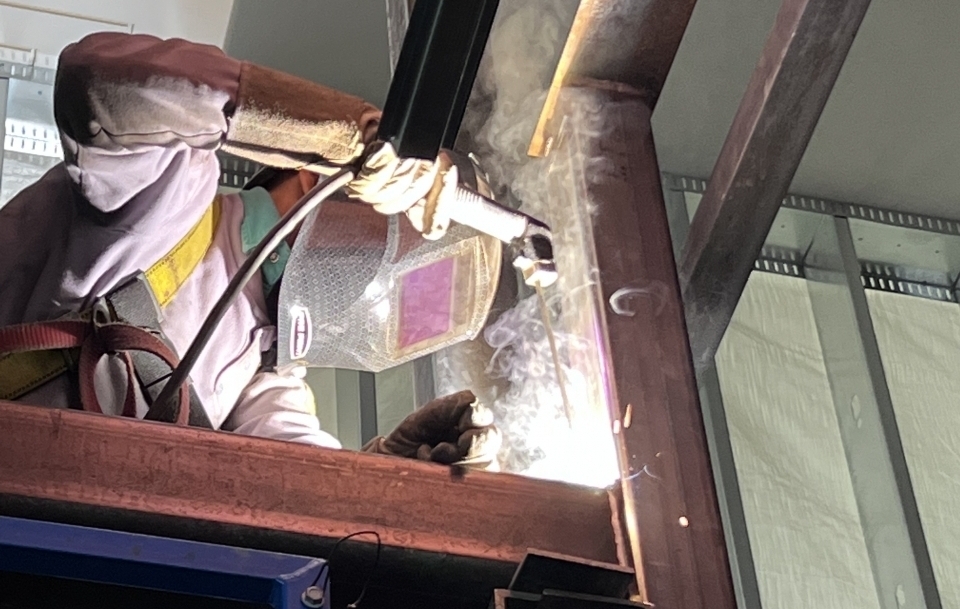
Welding is an ancient craft that continues to evolve with modern technology. It is a technology that helps create the world around us. From bridges and skyscrapers to small household items, welding is the craft that makes it possible to construct almost anything from metal. To fuse metal parts, welders must know the different types of welding methods and know which method is best suited for a particular project. In our next blog, we will explore the various welding methods and their applications.
When it comes to CWB welding methods, every method is different. The use of each method is defined by the type of material to be welded, the type of welding machine and the environment in which the welding is taking place. As such, here are the four common CWB welding methods used by welders in Canada.
SMAW is a versatile process that can be used in various positions and environments. It is relatively easy to learn and offers good penetration control. However, it tends to produce more smoke and requires frequent electrode changes. SMAW welding is frequently used in pipe welding, shipbuilding, fabrication, structural steel welding and construction.
GMAW, also known as MIG welding, provides high productivity and allows for automated applications. It produces clean welds with minimal spatter but may require additional shielding gas for certain materials. GMAW is used in the automotive industry, equipment manufacturing and DIY and home projects among others.
FCAW combines elements of both SMAW and GMAW processes by using a tubular wire filled with flux instead of solid wire electrodes or shielding gas alone. This method offers excellent penetration on thick materials but can result in higher levels of fumes. Thanks to the excellent penetration FCAW offers, this welding method is used in heavy equipment manufacturing, pipe welding, construction and to fulfill any other structural welding purposes where good fusion is required.
GTAW, commonly referred to as TIG welding, ensures precise control over heat input and produces high-quality welds without spatter or slag formation. However, it is slower compared to other methods and requires significant skill. The GTAW method is commonly used in the aerospace and automotive industries, as well as for welding pressure vessels and pipes.
Every CWB welding process offers its set of advantages and limitations. It is important to carefully consider the requirements of your project before selecting a specific process. By understanding the different types of CWB welding processes available and their respective pros and cons, you can make informed decisions regarding which technique will yield optimal results for your particular project's requirements.